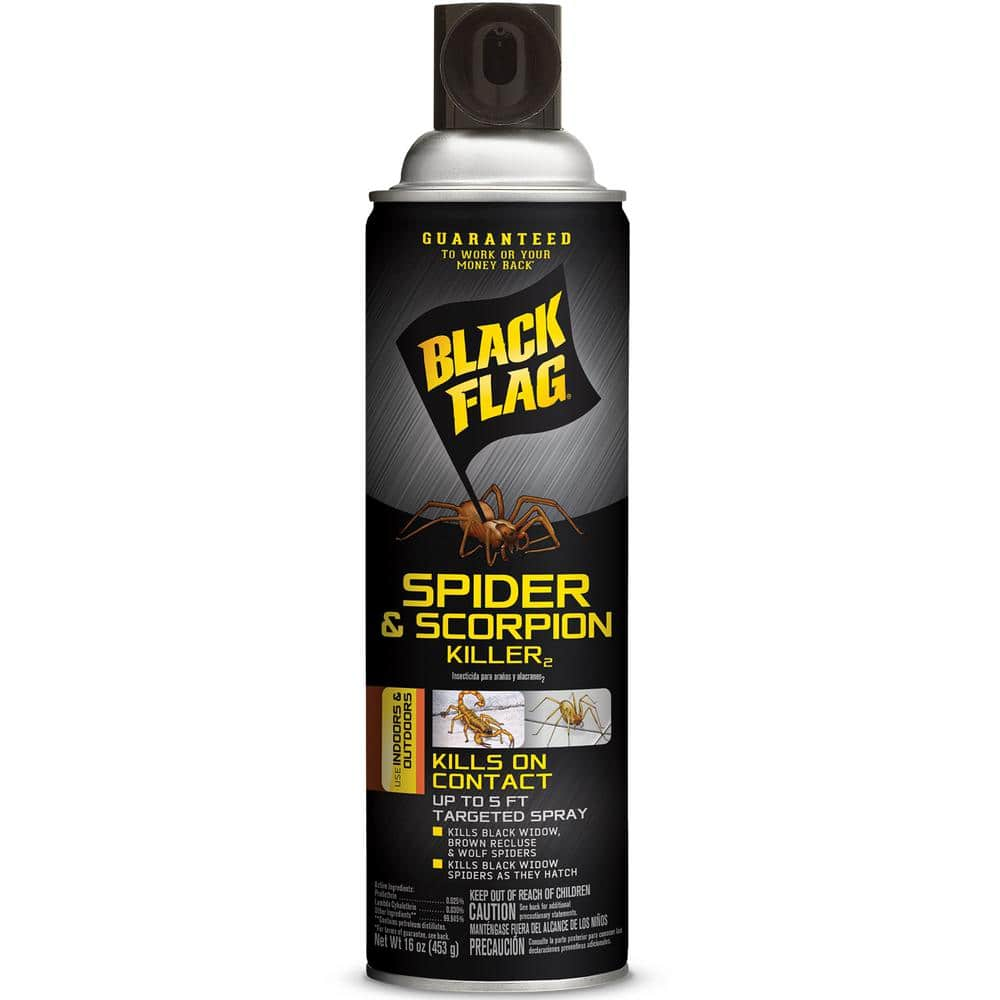Keep Your Home Spider-Free: Safe & Effective Spider Sprays for Families
Hey there, amazing parents! Are you ready to tackle those pesky eight-legged guests that seem to love your home as much as you do? If you’re nodding (or shuddering), you’ve come to the right place. Spiders might be great for the ecosystem, but when they start to crash our space, it’s time to show them the door – with a little help from spider spray, that is! So, roll up your sleeves, because we’re diving into a world where arachnids meet their match safely and effectively.
Understanding Spider Behavior: Why Your Home?
Before we get into the nitty-gritty of how to show spiders out, it’s important to understand why they’re scurrying in. Spiders typically venture indoors seeking shelter, food (hello, other insects!), or a mate. They love quiet, undisturbed places like corners, closets, and basements. Knowing this can help us target them more effectively!
Choosing the Right Spider Spray for Your Family
Now, let’s talk about arming yourself with the right weapon – a family-friendly spider spray. You want a spray that’s tough on spiders but kind on your loved ones and pets. Look for products with natural ingredients like peppermint oil, vinegar, or diatomaceous earth. These can be just as effective as chemical options and are safer for indoor use, especially around kids and furry family members.
Key Features to Look For
- Natural Ingredients: Opt for sprays with natural components for a non-toxic solution.
- Long-lasting Protection: Choose a product that offers extended protection to prevent future arachnid visitors.
- Indoor/Outdoor Use: Ensure the spray is suitable for the areas you need to treat.
- Pet and Child Safety: Always confirm that the spray is safe for use around your loved ones.
Ready, Set, Spray! Application Tips for Maximum Effect
Once you’ve picked the perfect spider spray, it’s time for action. But don’t just start spraying wildly – efficiency is key!
Insider Spraying Tips:
- Start by cleaning: Remove webs and dust to eliminate existing spiders and their homes.
- Focus on entry points: Spray around doors, windows, and any cracks that might be spider gateways.
- Less is more: Use the spray sparingly; a little goes a long way.
- Regularly reapply: Consistent application is essential to keep spiders at bay.
Safety First: Handling Spider Spray Responsibly
Your family’s safety is paramount. Always use spider spray in well-ventilated areas and follow the instructions on the label. Keep the spray out of reach of children and pets, and if anyone has a particularly sensitive reaction to bug sprays, ensure they stay clear of the treated area for a while.
Remember, spider sprays should be part of a holistic approach to pest control. Combine spraying with regular home maintenance like sealing cracks, managing clutter, and keeping a tidy home to discourage our eight-legged friends from returning.
Armed with this knowledge, you’re well on your way to reclaiming your home from unwelcome spider guests. Stay tuned as we dive into more detailed spider spray recommendations, DIY recipes, and frequently asked questions to ease your spider woes and keep your family safe and comfortable. Because let’s face it, a spider-free home is a happy home, right?
Preparing your home to fight off spiders doesn’t have to be a daunting task. With the correct spider spray and the right approach, you can create a safe environment that’s no longer inviting to these leggy lodgers. So let’s keep marching forward, as we share even more tips and tricks for turning your home into a no-spider zone with confidence and peace of mind!

5 Essential Things Parents Should Know Before Using Spider Spray
Before we jump into the wonderful world of keeping those crawly critters at bay with spider spray, there are a few key considerations every parent should know. These will ensure that your spider-spraying endeavors are both effective and family-friendly.
1. Understanding Active Ingredients
Knowledge is power, so equip yourself with insights into what’s in your spider spray. Chemical sprays might contain pyrethroids, which are effective but may not be suitable for all families. Natural alternatives often use essential oils like peppermint or citrus, which can deter spiders without causing harm to children and pets.
2. Reading the Fine Print
Labels are not just stickers on bottles; they are a wealth of crucial information. Always take the time to read them thoroughly to understand application methods, re-entry times after spraying, and any precautions you should take to keep your little ones and pets safe.
3. Pre-Spray Home Prep
Doing a pre-spray clean-up can greatly improve the efficacy of your spider deterrent efforts. Remove clutter where spiders may hide, vacuum up existing webs to send a clear message to other spiders that they aren’t welcome, and seal up entry points to make it harder for new eight-legged nuisances to come in.
4. Ventilation Is Vital
When using any type of spray inside your home, make sure the area is well-ventilated. Open windows, use fans, and keep the air moving. This not only helps to protect your family from any fumes but also helps the spray to dry faster, minimizing any slip hazards.
5. Post-Spray Protocols
After spraying, ensure that children and pets do not enter until the spray has fully dried. This waiting period can differ based on spray types or brands, so check that label again! Post-spray, continue with regular cleaning routines to deter new spiders from moving in.
Now, with these five essential tips in mind, you can confidently select and apply spider spray to protect your family and maintain a peaceful, spider-free home. Embrace the calm that comes with knowing you’re handling your household spider challenges like a pro!
Creating a Barrier: Preventative Measures for the Long Term
Spider sprays can be very effective as a reaction to spiders in your home, but the goal is to make your domicile less attractive to spiders in the first place. Here are some preventative measures you can take:
- Maintain your garden: Overgrown vegetation touching your home can be a bridge for spiders to wander in.
- Regular inspections: Check for and seal any cracks or gaps around the exterior of your home to prevent entry.
- Reduce exterior lighting: Insects are attracted to lights, and where there’s food (insects), spiders are sure to follow. Consider using motion sensor lights to minimize this attraction.
- Keep it dry: Spiders like moist environments, so fix any leaks and ensure your home is well-ventilated.
- Store items in sealed containers: Cardboard boxes can be a hotbed for spiders. Storing things in plastic bins can help keep them out.
Incorporating these practices into your home maintenance routine can go a long way in ensuring your spider spray application isn’t just a temporary fix but part of a strategic approach to keeping spiders at arm’s length. Think of it as creating an invisible shield around your home that says, “Spiders, keep out!”
With proactive measures in place and the right spider spray on hand, you have a winning combination for making sure those arachnids know they’re not on the guest list for your family’s cozy home!
Final Thoughts: Embrace the Spider-Spray-Lifestyle
Remember, the goal of using spider spray is to keep your home safe and comfortable. Keep up to date on the latest and safest spider repellents, and always put your family’s health first. Happy spraying, and here’s to many spider-free days ahead!
. For more information see here
Disclaimer
The articles available via our website provide general information only and we strongly urge readers to exercise caution and conduct their own thorough research and fact-checking. The information presented should not be taken as absolute truth, and, to the maximum extent permitted by law, we will not be held liable for any inaccuracies or errors in the content. It is essential for individuals to independently verify and validate the information before making any decisions or taking any actions based on the articles.




